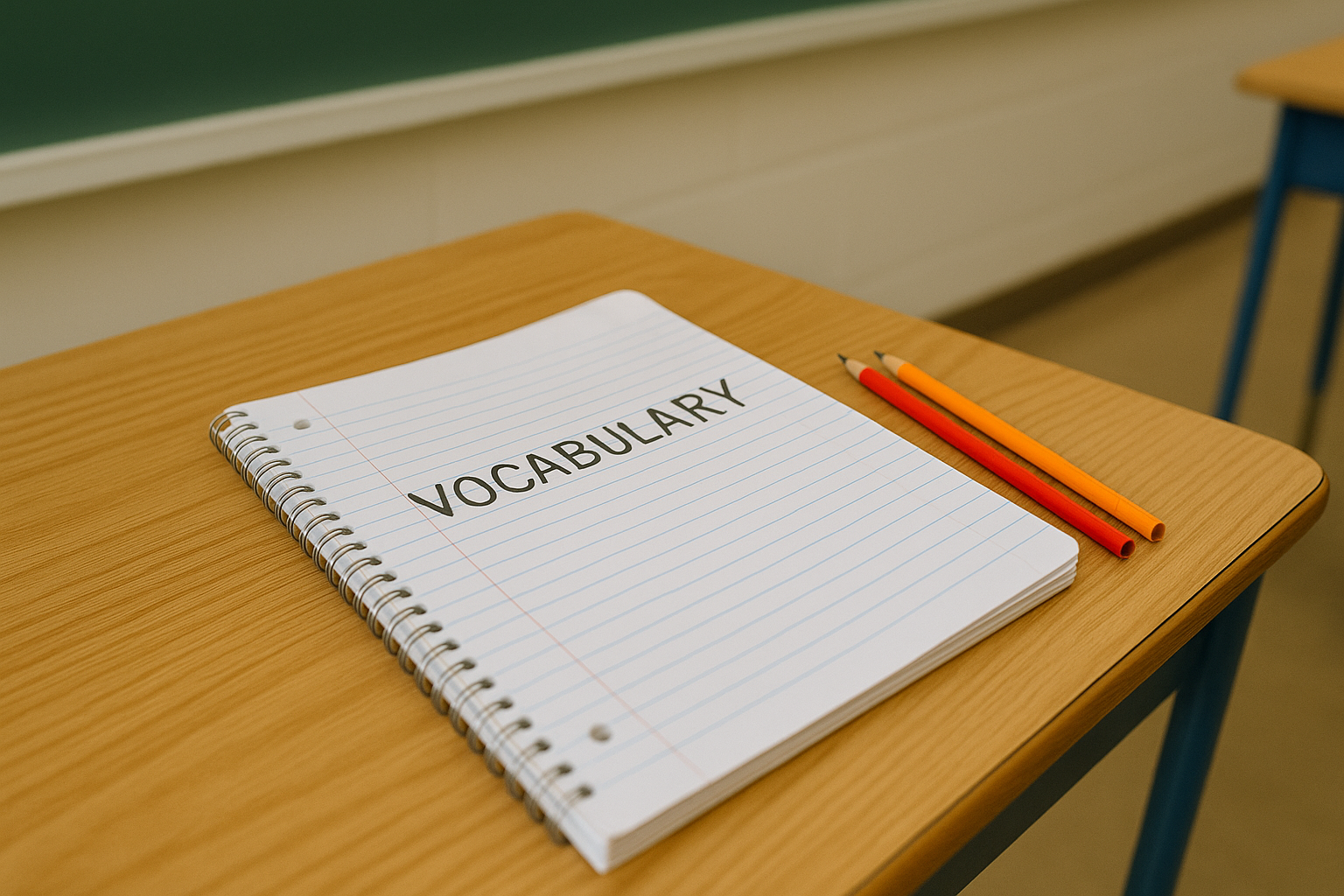Introducing Word JOY! Part 2: Using Animated Shorts
Using Digital Texts and Animated Shorts
In our previous post Introducing Word JOY!: Part 1, we talked about using books to get intermediate-level kids curious and excited about learning new words. But books aren’t the only way to engage students. You can also use digital texts - especially animated shorts - to model word collecting, sorting, and building. Many teachers like to begin by collecting words about a character: their traits, their emotions, their multiple sides, and their change across a short wordless film.
Start with a whole class collection from a shared viewing. Stop the video at certain points to prompt and collect. You can either lift the level of a word the students provide, use the opportunity to introduce a new word, or combine words provided by students to teach a new word (Ex: sneaky + clever = cunning).
Build word identity by addressing students as linguists - people who love words. Let them know that rappers and pop stars like Taylor Swift are linguists!
Be sure to first ground the words in the context of the story.
Use collected words to talk in sentences about story examples. Tip: Use Burkins & Yates dialogic talk procedure: Repeat, Expand, Clarify. Later you can decontextualize the words as you extend learning using extensions.
Perhaps you are collecting these words on a Smart Board, sticky notes on a chart, or even on note cards in a pocket chart. It is helpful to be able to move the words when you sort and arrange. Meanwhile, students can collect the words in vocabulary notebooks.
Once words are collected about characters, you can provide the multiple exposures necessary for transfer by:
Sorting: positive/negative; beginning/end of story; noun/verb/adjective
Placing words along a story arc (link event to the character description) or in an emotional timeline
Creating shades of meaning for a few of the words to elevate the level of understanding
Using in Point of View work
To promote talk and develop oral language, get students into partnerships, triads or quads. Coach into this talk to prompt students to use text evidence for their descriptive words: “She was clever when she…” These discussions can naturally lead into character literary essays.
Here are a few of my favorite animated shorts to get you started:
“Joy and Heron” - Kenneth Kuan, Constantin Paeplow, and Kyra Buschor
“Lou” - Dave Mullins
“The Present” - Jacob Frey
“The Supporting Act” - Elliot Dear
“Piper” - Alan Barillaro
“Snack Attack” - Andrew Cadelago
“For the Birds” - Ralph Eggleston
“Hair Love” - Matthew A. Cherry, Everett Downing Jr., and Bruce W. Smith
Animated shorts level the playing field as ALL students can participate, no matter their reading ability. Engagement will be high! Soon you’ll have a class eager to acquire new vocabulary.



